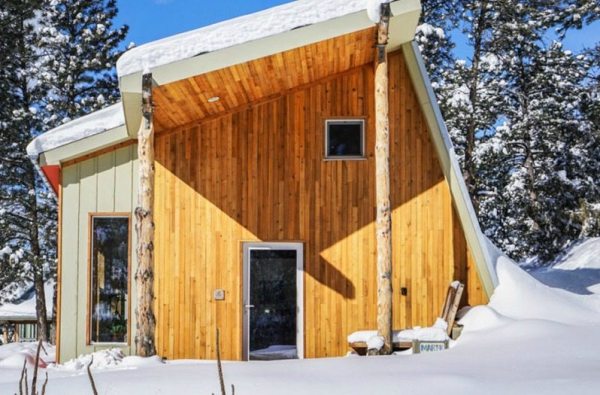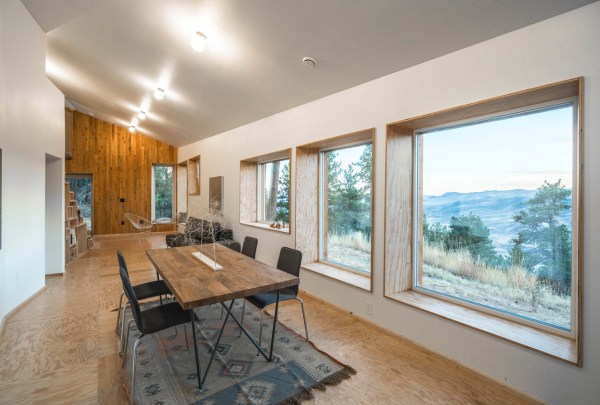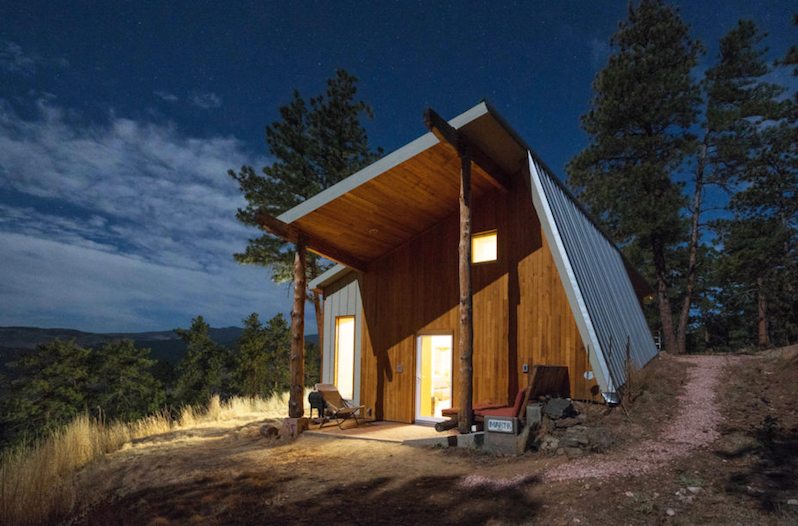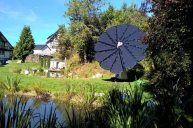What if you could build a home that uses practically no energy for heating? It might sound like a dream, but for one man in Colorado, it's a reality.
Andrew Michler is saving the environment and his pocket book with the most energy efficient home in Colorado. And it has everyone taking notes.

Andrew Michler
When most people think of an energy efficient home, the image of a California-style house with solar panels decorating the roof often comes to mind. Michler utilizes the Passive House design instead, which incorporates several elements for an overall reduction in energy usage. This innovative design focuses on "airtight buildings, super insulation, thermal mass and passive solar design."

Andrew Michler
"After years of building, research, and writing about green design, I became fascinated with the concept of Passive House design, which was originally pioneered in Germany," Michler says. "In Europe, hundreds of buildings have been built to consume 90 percent less energy than their neighbors, using super tight insulation and passive solar design, and the trend is gradually picking up in the U.S. as well."

Andrew Michler
For over a year, the Colorado house has been his home, and even Michler is admittedly surprised at the success of it. Its two main sources of energy are solar energy and a small propane hydronic heating system. The house exceeds expectations in every category, including energy costs and comfortability. The temperature effortlessly stays between 67 and 77 degrees, arguably the sweet spot for most American households.

Andrew Michler
It's even more impressive when you remember the house is in the Colorado Rockies. Winters there can be extremely rough and electric bills can be sky high.

While the Passive House Design is arguably the way of the future, there are still some remaining questions.
"Much is said about health and indoor air quality, but little is known about how Passive Houses keep occupants healthy," Michler writes. "I tried to minimize potential risks by building with low-processed materials like plywood, timber, tile, and cellulose and mineral wool insulations. But activities like cooking can still be problematic, so the University of Colorado Boulder is measuring my home's indoor air quality to see how a passive house compares to a typical house in terms of indoor air quality. I'll keep you posted!"




